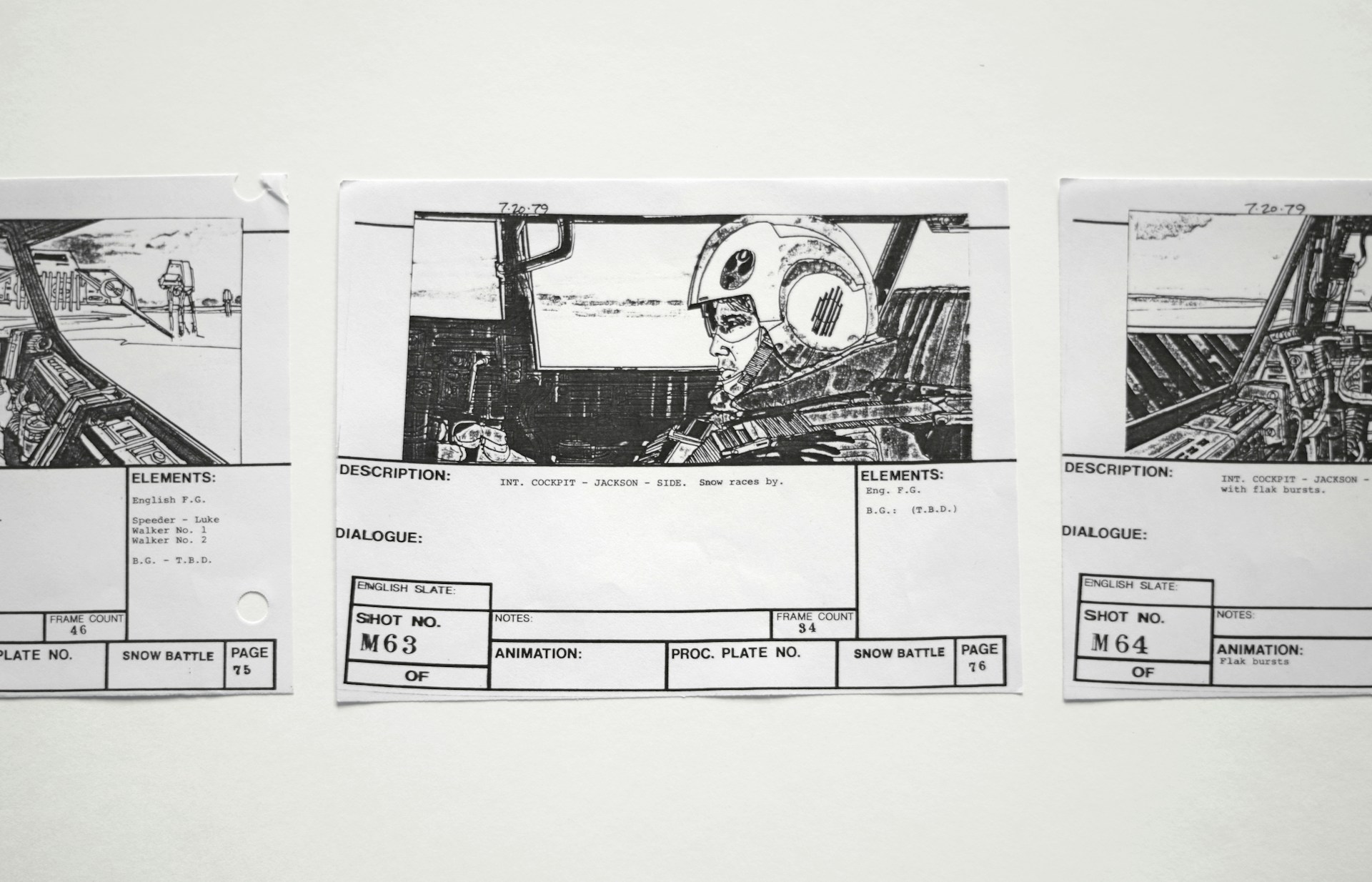Storyboarding is an indispensable tool in the world of filmmaking, serving as the visual blueprint that transforms a script into a captivating cinematic experience. Whether you’re a seasoned director or an aspiring filmmaker, mastering the art of storyboarding is crucial for achieving a seamless production. In this post, we’ll delve into the fundamentals of storyboarding and explore various techniques to help you visualize shots effectively.
1. Establishing Shot
The opening shot of a scene, known as the establishing shot, sets the stage for what’s to come. Whether it’s an aerial view, a wide landscape shot, or an interior that captures the mood, the establishing shot provides context and orients the audience to the scene’s location.
2. Shot Types and Angles
Understanding different shot types and angles is key to creating a visually dynamic film. Experiment with wide shots to establish the environment, medium shots for character interaction, and close-ups for emotional impact. Utilize high and low angles to add depth and drama to your scenes.
3. Flow and Composition
Storyboarding allows you to experiment with the flow and composition of your shots. Consider how each frame connects to the next, creating a smooth and cohesive narrative. Experiment with the rule of thirds, leading lines, and framing to enhance the visual appeal of your storyboard.
4. Action and Reaction
Storyboarding isn’t just about static images; it’s about telling a dynamic story. Clearly illustrate the action and reaction within each frame, emphasizing the cause-and-effect relationships between characters and events. This clarity ensures a seamless transition from one shot to the next during filming.
5. Timing and Pacing
Storyboarding also serves as a tool to plan the timing and pacing of your film. Use frames to indicate the duration of each shot, helping you fine-tune the rhythm of your scenes. This attention to timing ensures that your film flows smoothly and engages the audience effectively.
6. Annotations and Notes
Incorporate annotations and notes into your storyboard to convey additional details. Include camera movements, lighting cues, and important directorial instructions. This step helps streamline communication between the director, cinematographer, and the rest of the production team.
Conclusion
Storyboarding is an art that requires creativity, vision, and a keen understanding of film language. By mastering the fundamentals of shot visualization, you lay the groundwork for a seamless production. Remember, storyboarding is not only a planning tool but also a means of communication. The more effectively you can convey your ideas through visuals, the smoother your production will be. So, grab your pencil and paper, and start bringing your cinematic vision to life through the power of storyboarding.
